Introduction
How To Make Feeds For Pigs: Raising pigs for meat production is a time-honored agricultural practice that has sustenance to countless communities around the world for centuries. Central to the success of pigs litter farming is the art of crafting nutritious and balanced pig feeds. The process of creating these feeds, tailored to the specific needs of pigs, is both a science and an art. To maximize the growth, health, and overall well-being of these animals, it is essential for pig farmers to understand the fundamentals of formulating and preparing pig feeds.
Creating feeds for pigs is not a one-size-fits-all endeavor; it requires a deep understanding of the nutritional requirements of these animals at different stages of their life cycle. From piglets to mature sows and boars, each stage demands a distinct blend of ingredients to ensure optimal growth and productivity. The composition of pig feeds must also take into account factors such as breed, size, and the environment in which the pigs are raised, making the process both complex and nuanced.
We will delve into the art and science of making feeds for pigs, equipping you with the knowledge and skills necessary to your swine with top-notch nutrition. We will explore the essential components that make up pig feeds, including grains, protein sources, vitamins, and minerals. You will learn how to balance these elements to meet the dietary needs of your pigs, promoting healthy growth and efficient weight gain.
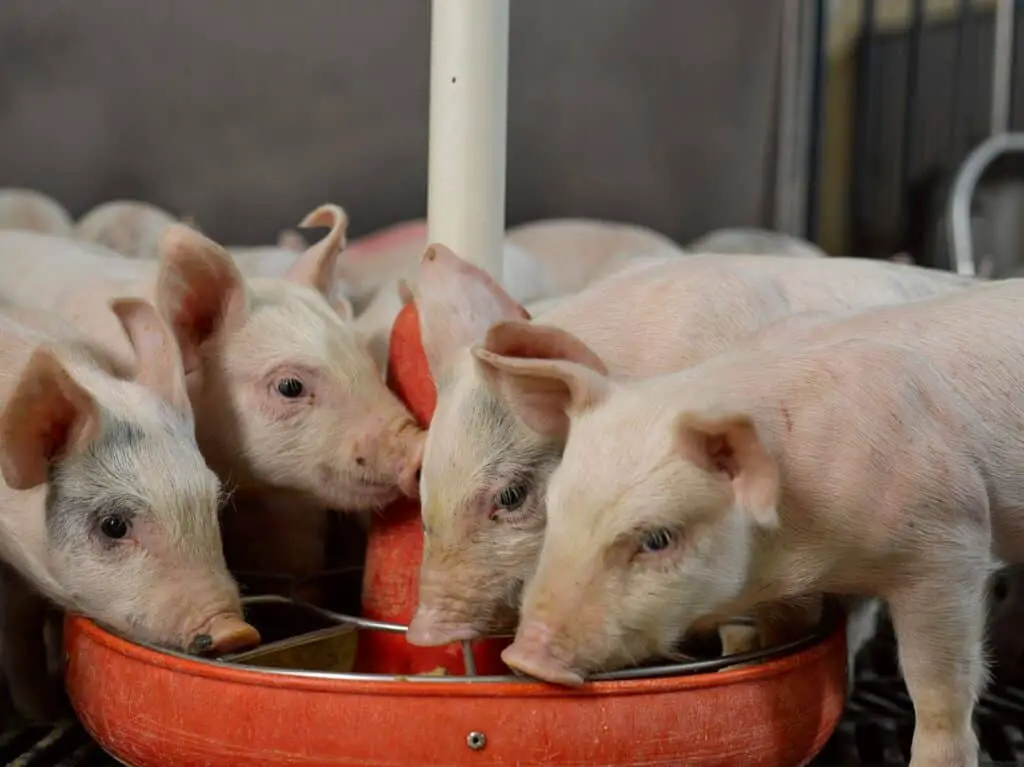
How Do You Make Pig Feed At Home?
Feeds should meet the animal’s needs for maintenance, growth and reproduction. Good pig feed contains sufficient energy, protein, minerals and vitamins. Rice bran, broken rice, maize, soya-beans, cassava, vegetables and distillers’ residues are often used in pig feed.
Making pig feed at home can be a cost-effective and rewarding endeavor for small-scale pig farmers. By creating your own pig feed, you can tailor it to meet the specific nutritional requirements of your pigs while potentially reducing expenses.
Gather Ingredients: The key to formulating your pig feed is to assemble a variety of ingredients that the necessary nutrients. Common ingredients include grains like corn, wheat, barley, and oats, as they serve as energy sources. You’ll also need protein sources such as soybean meal, fish meal, or dried legumes to meet their protein needs. Don’t forget essential additives like vitamins, minerals, and amino acids.
Determine the Ratios: The proportions of each ingredient in your pig feed will vary depending on the age and purpose of your pigs. Piglets, growing pigs, and breeding sows have different dietary needs. To create a balanced diet, consult with a veterinarian or nutritionist to determine the ideal ratios for your specific situation.
Grind and Mix: To improve digestibility and palatability, you should grind the grains before mixing. Use a grinder or mill to achieve the desired consistency. Next, blend the ground grains with the protein sources, additives, and any other ingredients you have chosen. Ensure thorough mixing to create a uniform feed.
Storage: Proper storage is crucial to maintain the quality of your homemade pig feed. Store it in a cool, dry place to prevent spoilage and infestation by pests. Airtight containers or bins with lids work well to preserve freshness.
Feed Management: Implement a feeding schedule and portion control to avoid overfeeding or underfeeding your pigs. The amount and frequency of feeding will depend on the age, weight, and breed of your pigs.
What Is The Best Ingredients For Pig Feed?
Corn and soybean meal are traditional staple ingredients used in feeding most pigs in the U.S., especially in the Midwest. Sorghum and some wheat are also used, where locally available, and canola meal may substitute some soybean meal when it becomes affordable to import from Canada.
Creating the best pig feed requires a thoughtful selection of ingredients that a well-balanced diet to meet the nutritional needs of pigs at different stages of their life cycle.
Grains
Grains serve as a primary source of energy for pigs. Corn, wheat, barley, and oats are commonly used grains in pig feed. These grains are rich in carbohydrates, providing the necessary energy for growth and maintenance.
Protein Sources
Pigs require protein for muscle development, reproduction, and overall health. Common protein sources in pig feed include soybean meal, fish meal, canola meal, and sunflower meal. Soybean meal is especially popular due to its high protein content and balanced amino acid profile.
Oilseeds
Adding oilseeds like soybeans, sunflower seeds, or flaxseed to pig feed can essential fatty acids that support skin health, reproduction, and overall well-being.
Vitamins and Minerals
Pigs need a wide range of vitamins and minerals for various bodily functions. These include vitamin A, vitamin D, vitamin E, calcium, phosphorus, potassium, and trace minerals like copper, zinc, and selenium. To ensure a balanced diet, pig feed often incorporates premixes containing these essential nutrients.
Fiber
While pigs are primarily monogastric animals, they still require some fiber in their diet for digestive health. Ingredients like alfalfa, grass hay, or beet pulp can this necessary dietary fiber.
Additives and Supplements
Certain additives and supplements may be included in pig feed to enhance performance and health. These can include probiotics, enzymes, and growth promoters. Always follow and consult with a veterinarian or nutritionist when using such additives.
What Ingredients Are In Pig Feed?
Energy and protein are the main nutrient components in a swine ration. Grains such as corn, barley, wheat and oats have traditionally supplied energy, while protein has come from meals produced from oilseeds such as soybean.
Pig feed ingredients vary based on factors such as the pig’s age, purpose (e.g., breeding, growth, maintenance), and regional availability. A well-balanced pig feed typically includes a combination of the following ingredients.
Grains: Grains serve as the primary source of energy in pig feed. Common grains used include corn, wheat, barley, oats, and sorghum. They carbohydrates for growth and maintenance.
Protein Sources: Pigs require protein for muscle development, reproduction, and overall health. Protein sources in pig feed often include soybean meal, fish meal, canola meal, cottonseed meal, and sunflower meal. Soybean meal is particularly popular due to its high protein content and balanced amino acid profile.
Oilseeds: Incorporating oilseeds like soybeans, sunflower seeds, or flaxseed can essential fatty acids, which are beneficial for skin health, reproduction, and overall well-being.
Vitamins and Minerals: Pig feed is fortified with essential vitamins and minerals, including vitamin A, vitamin D, vitamin E, calcium, phosphorus, potassium, and various trace minerals like copper, zinc, and selenium. These nutrients are crucial for proper growth and overall health.
Fiber Sources: While pigs are primarily monogastric animals, they still require some dietary fiber for digestive health. Ingredients like alfalfa, grass hay, or beet pulp can be added to necessary fiber.
What Food Makes Pigs Grow Faster?
Creating an Optimized Hog Feed
As an energy source, choose a grain mix of barley, wheat, sorghum and corn for your pig’s diet. At least half the mix should be number two yellow corn. Though low in protein, it is considered a primary energy source in pig diets.
High-Quality Protein
Protein is a primary driver of muscle growth in pigs. Including protein-rich ingredients like soybean meal, fish meal, and canola meal in their diet can promote rapid muscle development. Protein should be in sufficient quantities, especially during the early stages of growth.
Amino Acids
Amino acids are the building blocks of protein. Pigs require a balanced array of amino acids for growth. Essential amino acids like lysine, methionine, and threonine are particularly. Supplementing the diet with amino acids can ensure that pigs receive the specific nutrients needed for rapid growth.
Energy-Rich Grains
Grains such as corn, wheat, and barley are excellent sources of energy for pigs. They carbohydrates that support overall growth and activity. Utilizing energy-dense grains in the diet can help pigs gain weight more quickly.
Vitamins and Minerals
Essential vitamins and minerals, including vitamin D, vitamin E, calcium, and phosphorus, are vital for bone development and overall health. A well-balanced diet that includes appropriate vitamin and mineral supplements can ensure that pigs grow optimally.
Feeding Management
Feeding pigs multiple times a day with controlled portions can help maximize their growth rate. Ensure that feed is fresh and clean, and access to clean, fresh water at all times.
Which Feed Is Best For Pigs?
Farm grains are the most common and best source of food to feed pigs. Most typically corn-based feeds are used because they are high in digestible carbohydrates, low in fiber, and cost effective.
Determining the best feed for pigs depends on various factors, including their age, purpose (e.g., breeding, growth, maintenance), and nutritional requirements. There isn’t a one-size-fits-all answer, as the ideal feed composition may vary. However, a balanced pig feed should generally include the following components to ensure the best nutrition for these animals.
Protein-Rich Ingredients: High-quality protein is crucial for muscle development, reproduction, and overall health in pigs. Common protein sources in pig feed include soybean meal, fish meal, canola meal, cottonseed meal, and sunflower meal. Soybean meal is particularly favored for its balanced amino acid profile.
Energy Sources: Pigs require a source of energy for growth and maintenance. Grains like corn, wheat, barley, and oats are excellent energy-rich ingredients. These grains carbohydrates that serve as the primary energy source in pig diets.
Vitamins and Minerals: Pig feed should be fortified with essential vitamins and minerals, including vitamin A, vitamin D, vitamin E, calcium, phosphorus, potassium, and trace minerals like copper, zinc, and selenium. These nutrients are vital for overall health, bone development, and reproduction.
Fiber: While pigs are primarily monogastric animals, they still benefit from some dietary fiber to support digestive health. Ingredients like alfalfa, grass hay, or beet pulp can the necessary fiber.
Fat Sources: Limited fat sources, such as vegetable oils or oilseeds, can be included to supply essential fatty acids. These fats are essential for skin health, reproduction, and energy balance.
What Helps Pigs Gain Weight Fast?
Feed the pig 4 to 6 small portions a day • If your pig has a low appetite, adding a liquid fat (any vegetable oil) or dry fat (sold by all show pig feed dealers) to the diet can help add needed weight as the pig is consuming a higher level of energy that can be used for weight gain.
Accelerating weight gain in pigs is a primary goal for many swine producers, especially those focused on meat production. Several factors can help pigs gain weight quickly and efficiently.
Nutrient-Rich Feed
Pigs with a highly nutritious and balanced diet is essential for rapid weight gain. High-quality feed containing the right combination of protein, carbohydrates, vitamins, and minerals is crucial. Adjust the feed composition based on the pigs’ age and purpose (e.g., piglets, growing pigs, breeding sows, boars).
Protein Content
Protein is a key factor in muscle development and weight gain. Include protein-rich ingredients like soybean meal, fish meal, and canola meal in their diet. Ensure that the protein content meets the pigs’ specific requirements at each growth stage.
Amino Acids
Amino acids are the building blocks of protein. Supplying pigs with the essential amino acids they need, such as lysine, methionine, and threonine, is critical for maximizing muscle growth.
Energy Sources
Energy-dense grains like corn, wheat, and barley the necessary carbohydrates for growth and maintenance. Ensuring a sufficient supply of energy helps pigs gain weight more quickly.
Appropriate Feeding Management
Establish a well-structured feeding schedule and portion control. Divide daily feedings into multiple meals to encourage regular eating and efficient digestion. Ensure that feed is fresh, clean, and free from contaminants.
Health Management
Keeping pigs healthy is essential for uninterrupted growth. Regular vaccinations, disease prevention, and effective parasite control help prevent health issues that can slow down weight gain.
What Food Makes Pigs Grow Faster?
Creating an Optimized Hog Feed
As an energy source, choose a grain mix of barley, wheat, sorghum and corn for your pig’s diet. At least half the mix should be number two yellow corn. Though low in protein, it is considered a primary energy source in pig diets.
To accelerate the growth of pigs and help them reach their desired weight more quickly, it’s essential to them with a diet that is rich in the necessary nutrients. Here are key foods and dietary components that contribute to faster pig growth:
High-Quality Protein Sources
Protein is essential for muscle development, and including high-quality protein sources in their diet is crucial. Common protein sources in pig feed include soybean meal, fish meal, canola meal, sunflower meal, and animal by-products like meat and bone meal. These ingredients supply the amino acids necessary for muscle growth.
Energy-Dense Grains
Energy-dense grains like corn, wheat, barley, and oats carbohydrates that serve as the primary source of energy for pigs. These grains are excellent for promoting weight gain, especially during the growing phase.
Supplements
To boost growth, consider using supplements like amino acids (e.g., lysine, methionine, threonine), vitamins (e.g., A, D, E), and minerals (e.g., calcium, phosphorus) in the feed. These supplements ensure that pigs receive all the essential nutrients they need for rapid growth.
Fats And Oils
Incorporating fats and oils, such as vegetable oil or oilseeds like soybeans, into the diet can energy and essential fatty acids. These are for weight gain and overall health.
High-Quality Forage
While pigs are not ruminants, they can benefit from some forage in their diet. Including high-quality forages like alfalfa or clover can fiber and nutrients to support growth and digestion.
Can You Feed Pigs Rice?
Most results have shown that rice can be partially or completely used to replace corn in pig diets without negatively affecting pig growth and production.
Cooked Rice: Pigs should be fed cooked rice, not raw rice. Raw rice is difficult for pigs to digest, and it can potentially swell in their stomach, causing digestive issues. Cooking the rice makes it safe and more digestible for pigs.
Rice as a Component: Rice should be considered as a component of the pig’s overall diet, not the sole source of nutrition. Pigs have specific dietary requirements for protein, vitamins, and minerals that rice alone cannot fulfill. Therefore, it’s essential to a balanced diet that includes other ingredients such as protein sources (e.g., soybean meal, fish meal), grains (e.g., corn, wheat), vitamins, and minerals.
Nutritional Value: While rice is a good source of carbohydrates, it is relatively low in protein. To ensure that pigs receive adequate protein for growth and health, rice should be supplemented with protein-rich ingredients in their diet.
Variety: Pigs, like any animals, benefit from a varied diet. Providing a diverse range of foods helps ensure that they receive a wide spectrum of nutrients. Rice can be one component of this diverse diet.
Portion Control: It’s control the portion size of rice fed to pigs. Feeding too much rice can lead to weight gain and obesity, especially if it’s not balanced with other nutrients.
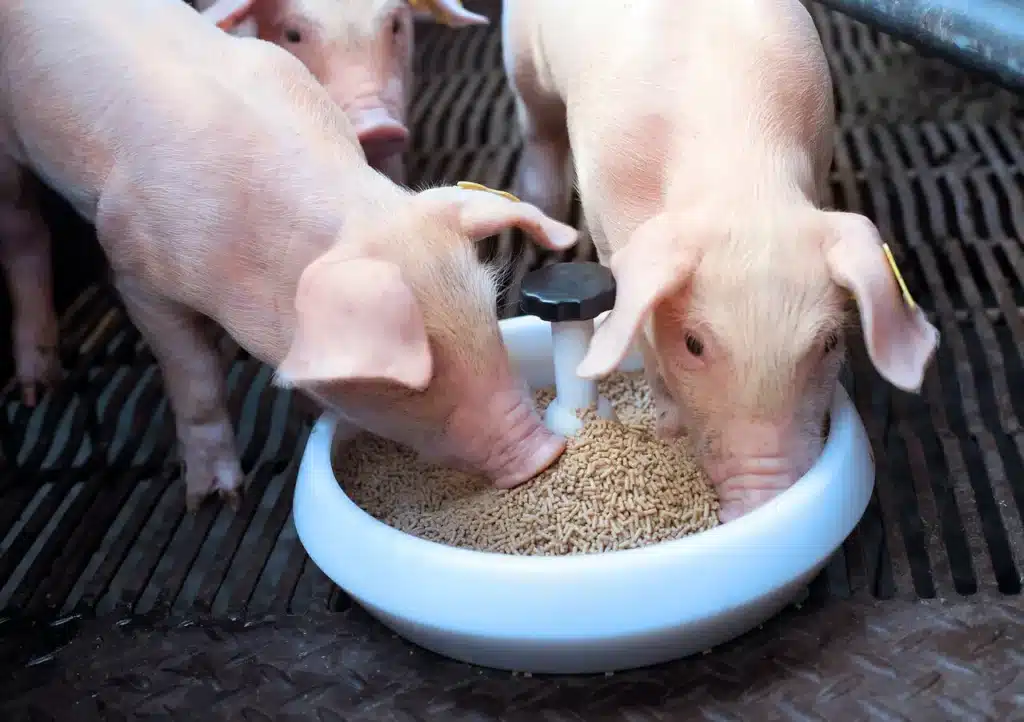
Conclusion
Crafting the ideal pig feed requires a deep understanding of their specific nutritional needs at different stages of life and for various purposes, whether it be for piglets, growing pigs, or breeding sows. The ingredients that make up pig feeds, such as grains, protein sources, vitamins, and minerals, must be carefully selected and balanced to create a nutritious and well-rounded diet.
The process of making pig feeds extends beyond ingredient selection. It encompasses factors like feed formulation, mixing, storage, and feeding management. Implementing sustainable and eco-friendly practices in pig farming also plays a vital role in ensuring the long-term well-being of both the animals and the environment.
Creating homemade pig feed can be a cost-effective and rewarding venture for small-scale pig farmers, but it necessitates meticulous attention to detail and an ongoing commitment to monitoring pig performance and health. Consulting with experts, such as veterinarians and nutritionists, is invaluable for designing customized feed recipes that align with the specific needs of the pigs and the goals of the farm.

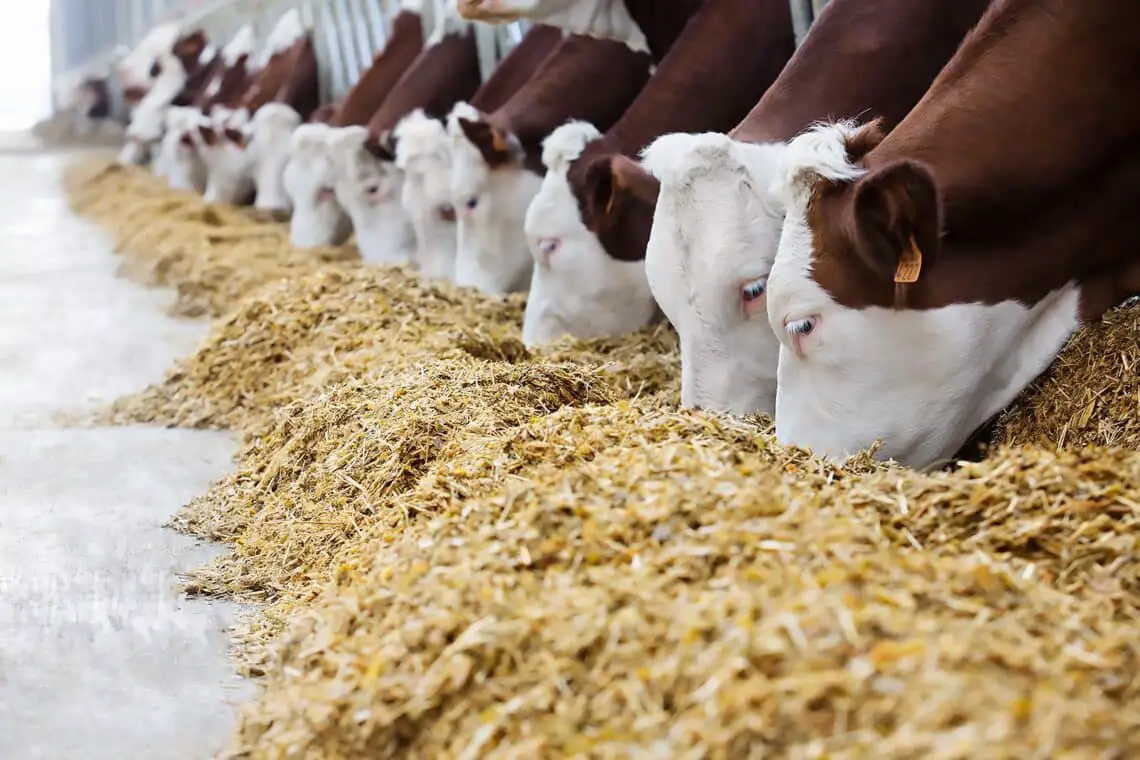
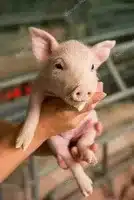
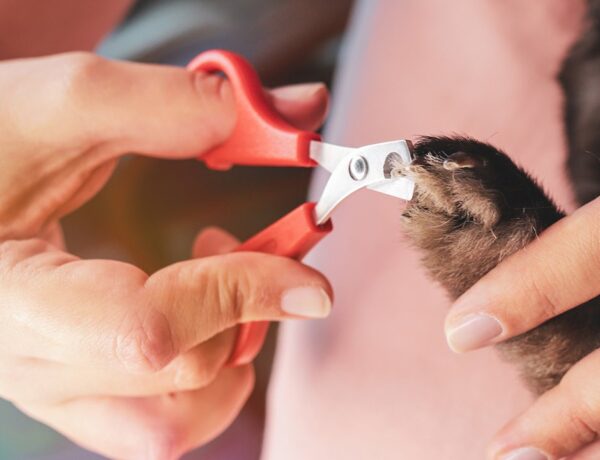
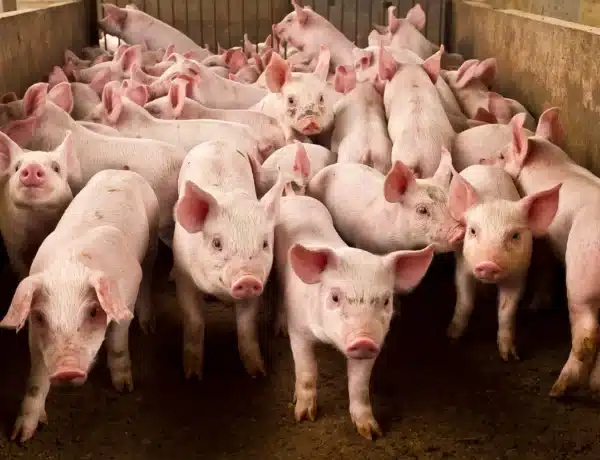
No Comments